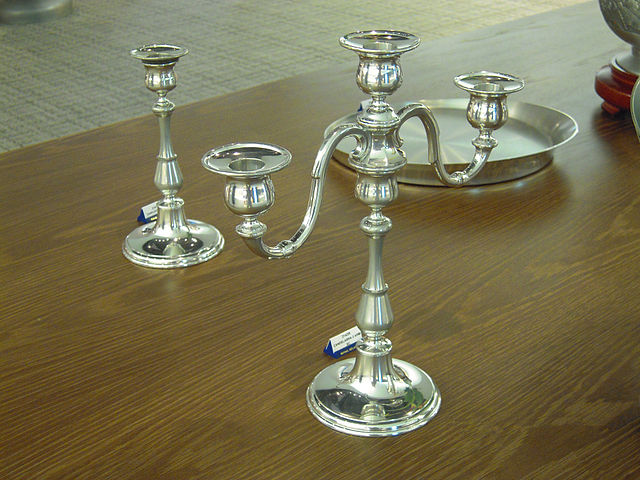Made Of vs Made From
The confusion people experience in understanding when to use “made of” and “made from” is due to the fact that the difference between the two is very slim. However, this slim difference has created a couple of interpretations for the usage of the expressions “made of” and “made from.” In this article, we present both of these interpretations for the usage of “made of” and “made from.” Although there are a couple of interpretations, you will see that they are both logical and used in the English speaking world.
What does Made Of mean?
The expression “made of” is used to convey the idea of “manufactured by using,” as in the sentences given below:
– These chairs are made of rosewood.
– The ball is made of rubber.
In both the sentences given above, the expression “made of” is used in the sense of “manufactured by using.” Hence, the first sentence would mean “these chairs are manufactured by using rosewood,” and the second sentence would mean “the ball is manufactured by using rubber.”
However, there is another interpretation for the expression “made of.” According to this, the expression “made of” is used if the object consists of a material that has not been changed in any significant way. For example:
– These chairs are made of rosewood.
The wood has not gone through a significant change to make the chairs. The wood remains as wood. Therefore, we have used “made of.”
What does Made From mean?
On the other hand, the word “made from” is used in the sense of “prepared out of,” and it is interesting to note that this expression is normally used in cuisine preparations and the like. Observe the sentences given below:
– The salad is made from a combination of greens and other veggies.
– The garment is made from the bark of the tree.
In the first sentence, the word “made from” is used in the sense of “prepared out of,” and hence the meaning of the sentence would be “the salad is prepared out of a combination of greens and other veggies.” In the second sentence, the word “made from” is again used in the sense of “prepared out of,” and hence the meaning of the sentence would be “the garment is prepared out of the bark of the tree.”
Just like for “made of,” there is another interpretation for “made from.” If a material is significantly changed in the process of making the object, then we use “made from.” For example:
– Ice cream is made from milk.
As we all know, milk goes through a significant change to create ice cream. So, “made from” is used.
What is the difference between Made Of and Made From?
It is important to know that the expressions “made from” and “made of” are used as verbs. Hence, these two expressions often connect a subject and an object. In many cases, the two expressions are interchanged, so they are often considered interchangeable as well. These two words have only the subtle difference as mentioned above. Hence, they should be used with the said difference.
Key Takeaways
- The expression “made of” is used to convey the idea of “manufactured by using.”
- The word “made from” is used in the sense of “prepared out of,” and it is usually used in cuisine preparations and the like.
- Another interpretation for “made of” is used if the object consists of a material that has not been changed in any significant way; for “made from,” it is used if a material is significantly changed in the process of making the object.
